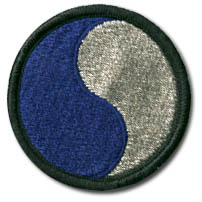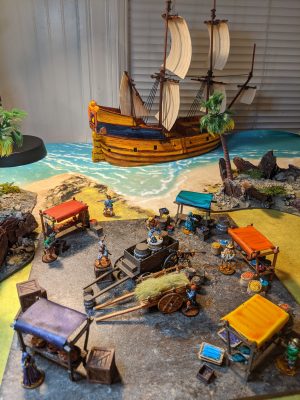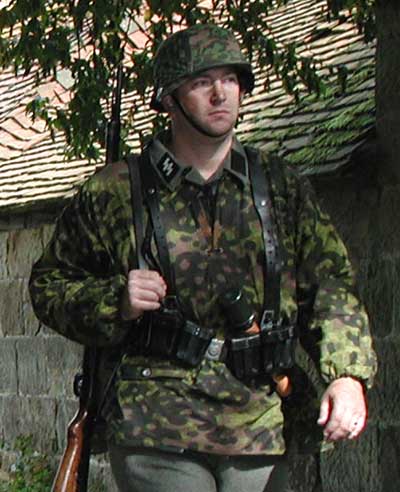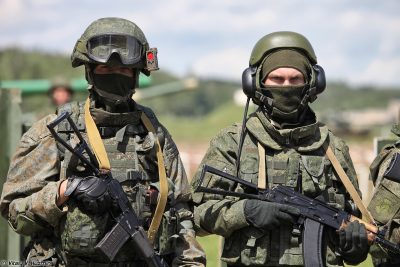Painting the Blue and Gray Unit Patch on WWII US Army Uniforms
By Kreighton Long

In honor of my new home in Virginia, and for a less commonly seen WWII US Army theme, I decided to design my US Army on the 29th Infantry Division.
The 29th was a National Guard division recruited from northern Virginia, Maryland, and southern Pennsylvania. The division deployed to the European Theater of Operations and took part in the amphibious landing at Omaha Beach, bocage fighting in Normandy, siege warfare at Brest in Brittany, then urban fighting and battles of maneuver in Germany.

 By Tom “Chairborne” Mullane
By Tom “Chairborne” Mullane By Kreighton Long
By Kreighton Long
